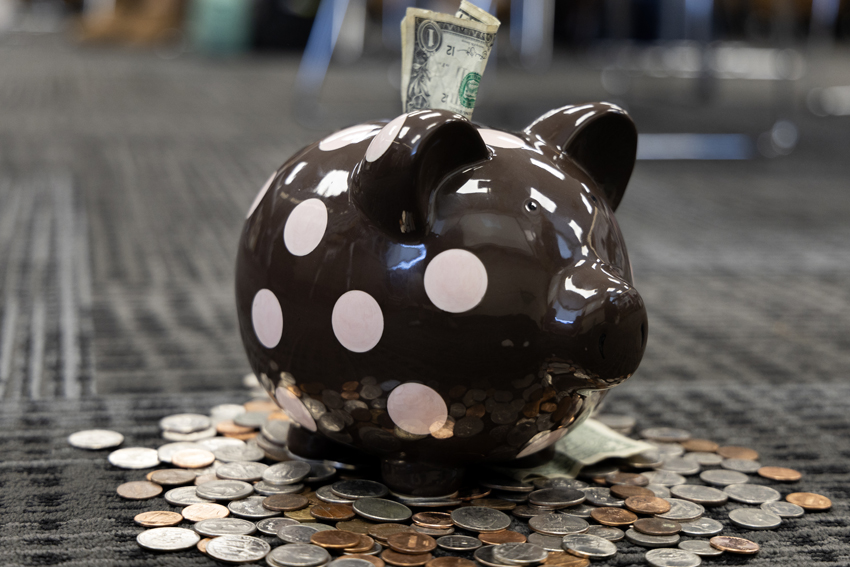Although baseball may come to mind when talking about chewing, seven out of 10 major league baseball players do not use smokeless tobacco. Until recent years, smokeless tobacco or ‘chew’ was common amongst professional players.
However, after years of anti tobacco ads which suggested tobacco caused cancer, tooth decay and other unwanted effects, a large percentage of players now report a decline in tobacco use.
Of players who reported chewing, 59% percent wanted to quit, according to a 1999 survey by the American Dental Association (ADA). Nicotine, found in tobacco products, slows an athlete’s ability, was cited as one reason why players wanted to quit.
“Smokeless tobacco is known to cause cancer,” Cal Ripkin Jr. said in an article on the hazards of smokeless tobacco at www.ada.org. “One can of snuff delivers as much nicotine as 60 cigarettes. Smokeless tobacco increases the risk of oral cancer, heart attacks, strokes, high blood pressure, tooth loss, and kidney problems. I don’t chew; it’s just not worth it.”
When tobacco is left in contact with the mouth for long periods of time, it causes a condition called Leukoplakia, which can cause cancer. Tobacco contains other cancer-causing elements, increasing risk of cancer of the oral cavity, the pharynx, larynx and esophagus.
“A friend of the family got cancer in his mouth from chewing, and it turned him away from it,” Jillian Childress, ’02, said. “He used that experience to try and deter others from using it.”
At least 28 cancer-causing chemicals have been identified in smokeless tobacco products, according to the ADA.
“It isn’t good to use chewing tobacco because you are actually putting the carcinogens- which are the cancer-causing ingredients- directly onto your tissues,” Dr. Chris Wong said. “It has been known to cause oral cancer as well as damaging your general health.”
Tobacco affects the attachment of teeth to the gum tissue. A receding gum line exposes the tooth roots, and increases risk of developing sensitivity to hot and cold temperatures as well as tooth decay in the unprotected areas. Sugar added for enhanced flavor adds to the tooth decay.
“It’s very gross,” Elizabeth LaRue, ’05, said. “There’s no purpose in doing it because it won’t help your body.”
One study, published in the Surgeon General’s Report, says that only 40% of kids think smokeless tobacco is harmful, and educating students can only raise that number.
“It’s disgusting, but I don’t really know anyone that does it anymore,” Danielle Roberts, ’03, said. “I know people do, but no one I know of. It’s addicting, and it makes your teeth gross.”
Even grit and sand are in smokeless tobacco, wearing down enamel and adding to sensitivity.
“Chewing leads to cancer, cancer leads to death,” Greg Tharpe, ’04, said. “I don’t want to die, so I don’t chew. It wouldn’t make sense.”
For additional information on smokeless tobacco or related problems, go to www.ada.org or www.cda.org. For a local center, call The Cancer Center at Saint Agnes Medical Center at (559) 449-5500.






